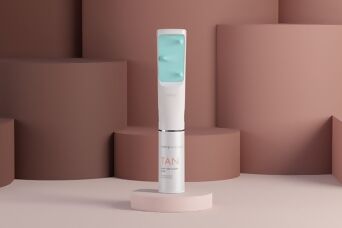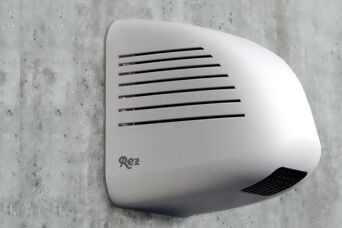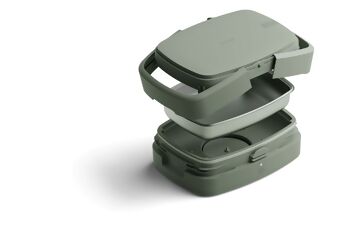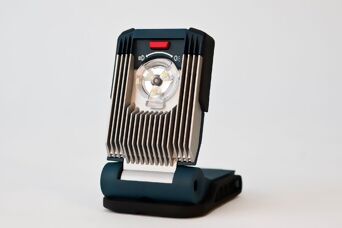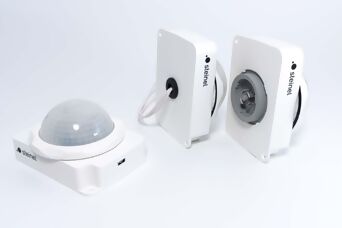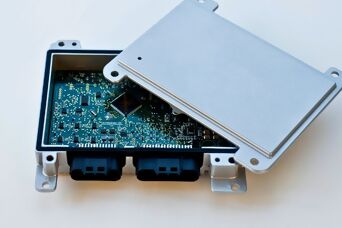Success factors in product development
In many industries, the requirements for products have changed over the years. Along with this, the demands on development departments and the developers themselves have also changed. In addition to technology and know-how, the human factor continues to play an important role, and methods and customer relationships are among the other key factors. We have arrived in the dynamic, agile development age - and the journey continues. An expert opinion from Stefan Walker, Head of OEM Engineering at STEINEL Solutions.
Developments are becoming more and more specialized and complex. What was realized 20 years ago with a simple mircrocontroller and a self-contained application is now moving towards complex algorithms with AI and connectivity of the products. With the advancement of embedded systems, high-performance components are available that offer holistic new possibilities. These trends run through manifold areas: Microcontrollers, sensors, IoT, power and battery management - just to name a few. Most of our customers also have a very technical focus and are observing this trend. Thus, new possibilities and approaches to solutions are developing, and with them new challenges for the development of complex networked products.
The aspects of successful product development
With the shift and integration of mechanical and electromechanical functions into the field of electronics, the focus of tasks is also shifting from the designer to the electronics developer. A clean integration into mechanical components is still very crucial, as often space conditions and integration requirements are very strictly defined by the customer.
Nowadays, a coordinated design between electronics and mechanics is elementary for the success of a product. Another success factor is producibility, in terms of design, quality and manufacturing costs of the product. It is essential to include these considerations in a project at an early stage and to take these holistic requirement points into account already in the concept. In this way, the basis for a successful product can be created.
The setup of STEINEL Solutions with its one-stop store concept - from concept, to development, to industrialization, to series production and after-sales services, all from a single source - supports this approach perfectly, because interfaces are reduced, communication channels are short and experts for all areas work in-house, ideally even in the same office.

This simplifies development work and offers our customers clear advantages over their competitors. The whole is rounded off by our in-house capabilities in the area of operating and test equipment construction, as well as the complete chain of tool procurement.
The key factors of people, cooperation and customer relationship
However, not only are the customers, their products and consequently the development projects becoming more complex, but the demands on the developers themselves are also changing. An electronics developer who used to be able to be deployed very flexibly in many projects as a generalist has developed into a specialist over the years. In addition to his generalist knowledge, he covers a very specific technical aspect as a specialist. This kind of employee development does not happen overnight - it wants to go hand in hand with the market trends, customer needs and future visions of the company. In any case, this must always coincide with the personal interests of an employee.
Only if time and interest are available can the change from generalist to specialist be successfully implemented. The more heterogeneous a development team is, the more flexible its field of application. At the same time, a successful development company must be able to accommodate the desire for a deputy arrangement and backup of know-how. The larger and more focused a development team is, the easier this can be achieved.

Development results are always characterised by the performance and the work of a team. In addition to the technical competence of a development team, the human factor must also function and be trained on each other.
At STEINEL Solutions, we pursue this approach very successfully with several interdisciplinary development teams. The teams create a momentum of their own and well-rehearsed processes because the employees understand each other almost blindly and trust each other. Our interdisciplinary teams consist of the development areas hardware, firmware, PCB design, mechanics and testing. All this under the leadership of a project manager who directs the development teams in such a way that customer requirements and internal processes are adhered to and timely communication with the customer is ensured at all times. This means that a team is fully staffed with all specialist departments and can independently implement project after project in the same composition. The interaction, the personal cohesion and the characteristics of the different characters in a team grow together and complement each other better and better over time. This team structure is ideal for the development and launch of a new product, as experience from several successful projects shows.
Scrumban as an optimal method in project management
In the area of methodology, there has been a trend towards agility and flexibility in recent years. Our clients are in a volatile environment where time-to-market is an important factor. The classic approach of a thoroughly specified concept at the start of a project is not up to date and is no longer in line with market and customer expectations. Agile methods are required and also needed in order to be able to react actively to changes. The more complex a development project and product is, the greater the number of changes and the longer it takes to implement them. In addition, the customer wants to be actively involved in the product development process.
Now the question arises whether agile project management is really a model of the future, as is proclaimed in many places. Scrum sounds modern and dynamic, and Kanban has more of a production-heavy flavour - but is the decision that simple?
In our field, we do not develop pure software products and a mixed function with factors from both approaches has turned out to be the optimal solution - a so-called "Scrumban". We visualise the current tasks and the backlog and compare notes in regular meetings. The advantages for us are that we were able to reduce the overhead of Scrum in its pure form, project-specific characteristics and roles can be mapped flexibly and a Scrumban board can be customised for a project. The inclusion of customers and any technical specialists from the STEINEL group or external partners is simple and tailored to the requirements of the project.
The journey continues.
It sounds simple. But the "evolution" of development takes time and is always a challenge, as it is fast, unstoppable and involves many aspects. The basis for continuous optimisation is a constant comparison, internally as well as externally, and the observation of trends and technologies. Only in this way can training and further education as well as specialisations be tackled or processes and procedures be refined. Having a vision, thinking "big" and sometimes taking a risk as a company to stay on the ball - that's what we have done and still do. Our development is ready for the dynamic, agile development age.

«Successful product development involves several factors. With our team and methodology setup, we are well prepared for increasingly complex tasks in our fields of sensor technology, connectivity, IoT and low-power management.»











